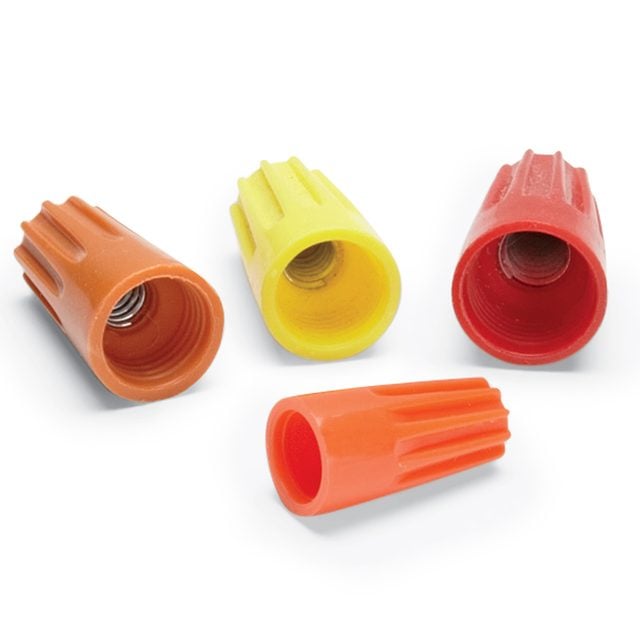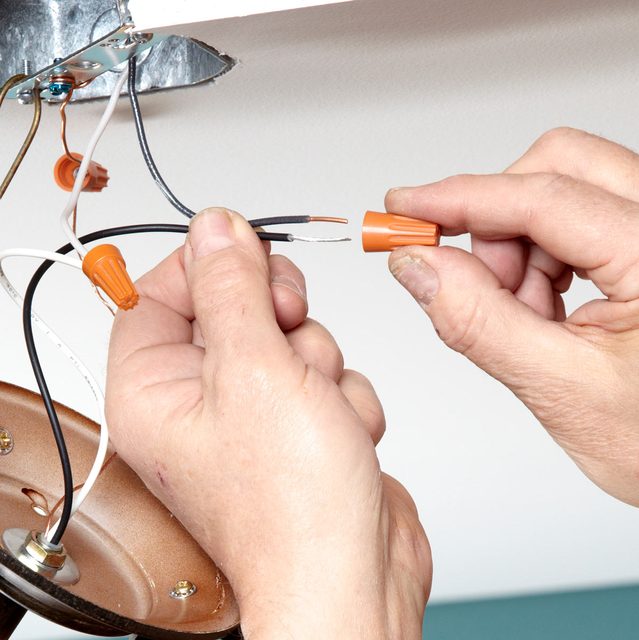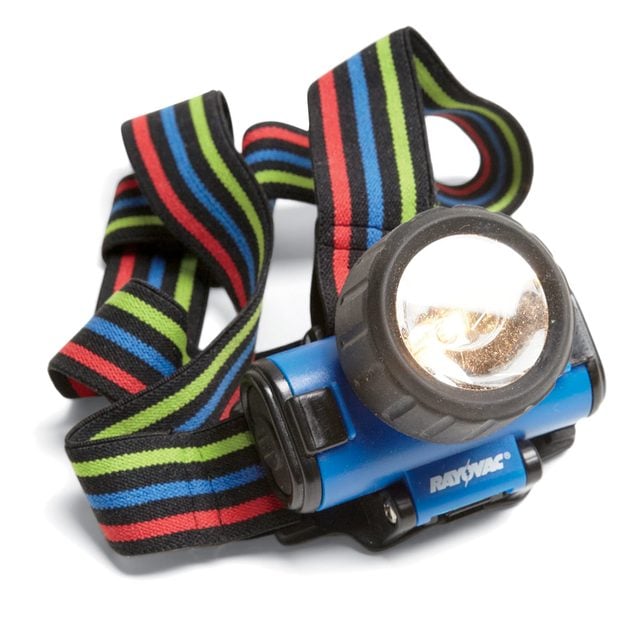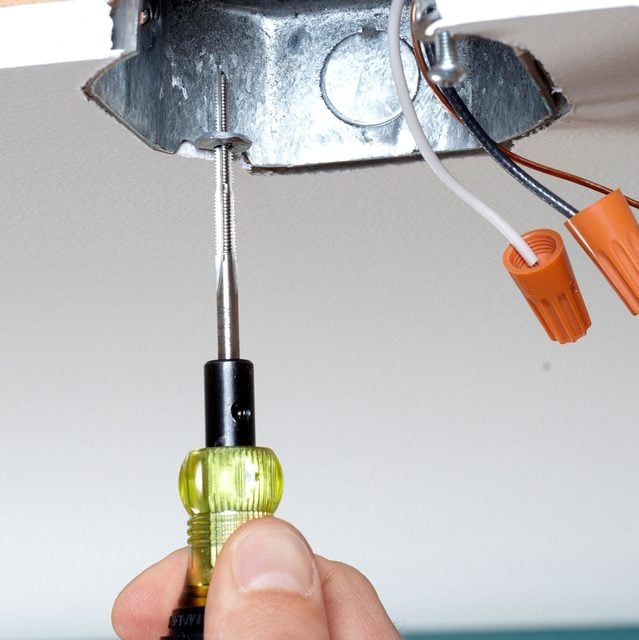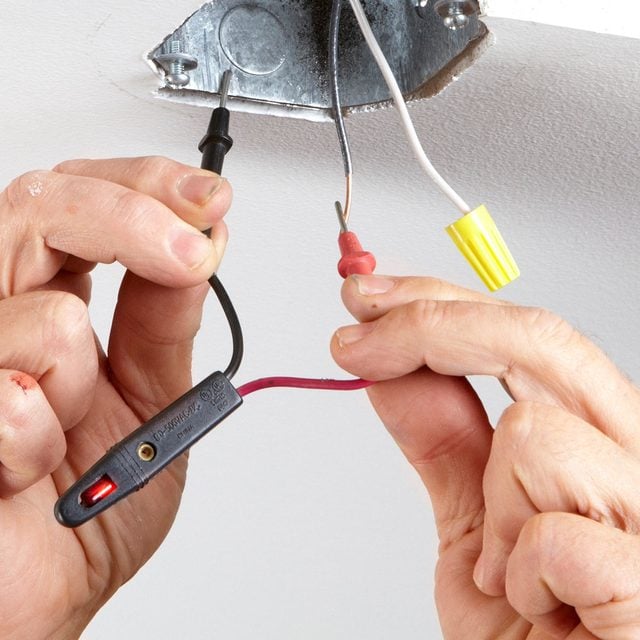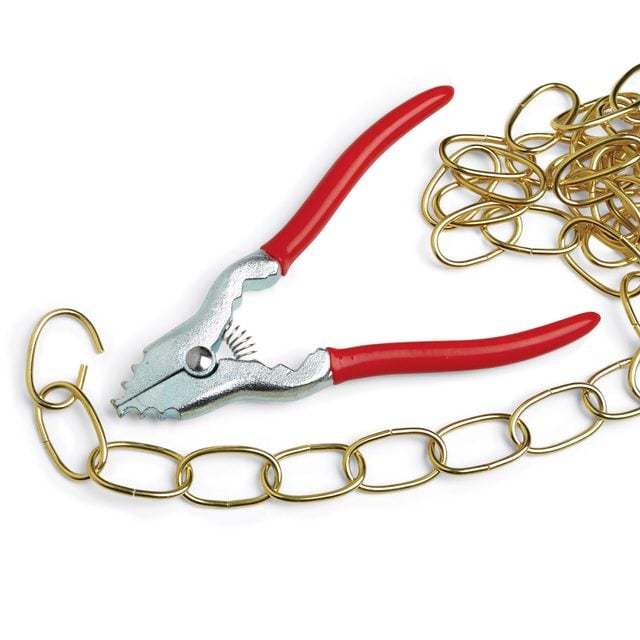Replace a light fixture without the hassle with these electrical tips from veteran pros.
Our editors and experts handpick every product we feature. We may earn a commission from your purchases.Learn more.
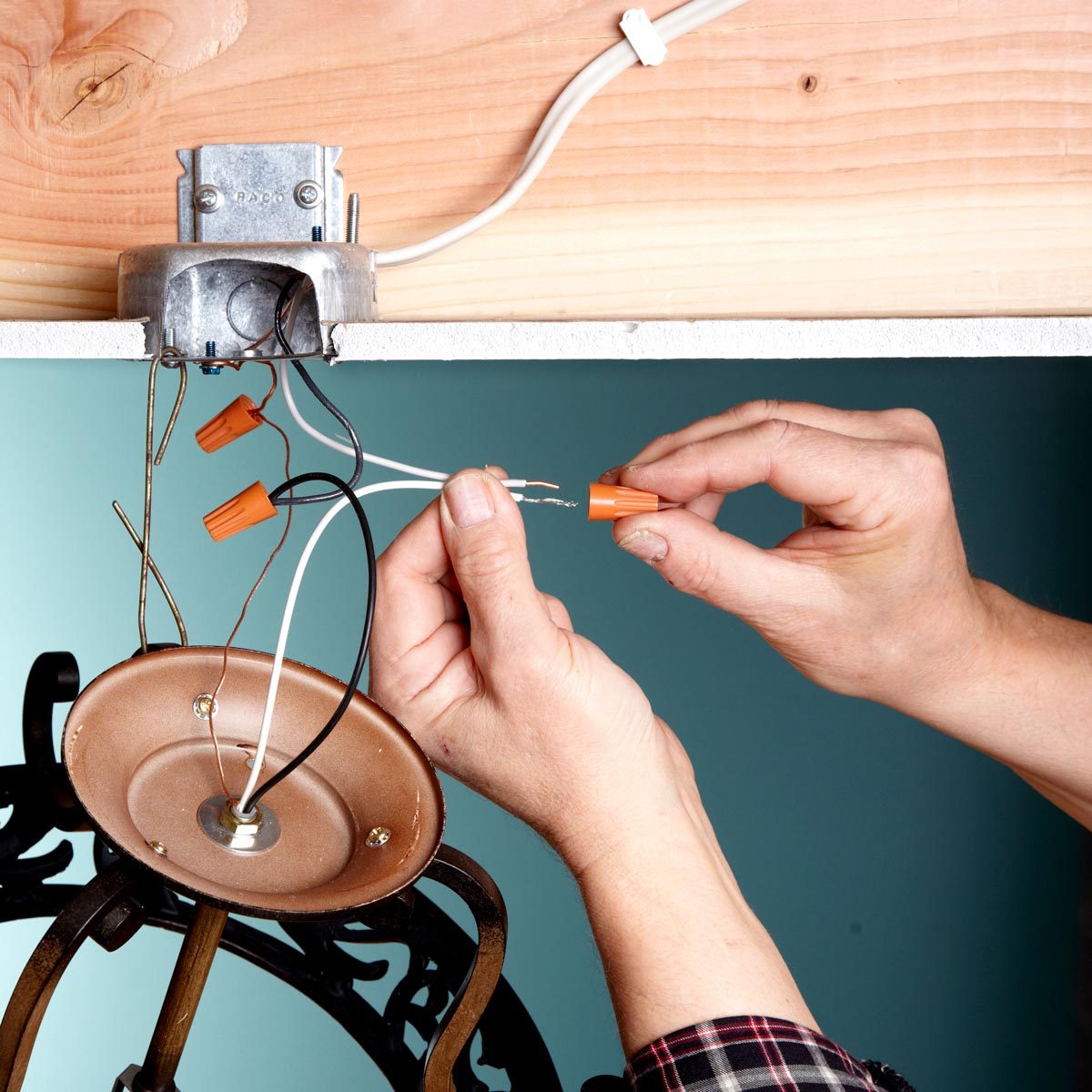

Replace a light fixture without the hassle with these electrical tips from veteran pros.
Our editors and experts handpick every product we feature. We may earn a commission from your purchases.Learn more.
Replace a light fixture more quickly, safely and with more confidence with the electrical tips and techniques used by pros. These electrical tips solve the most common problems you're likely to encounter.
Replacing a light fixture is one of those DIY jobs that’s theoretically quick and simple, but often becomes a three-hour series of problems. So we talked with two of our master electricians. They’ve seen — and solved — all those frustrations and offered these tips to help DIYers through the job quicker and safer. If you plan on giving your home a makeover, getting new lights altogether is a great solution. Here’s how you can install a ceiling light fixture all by yourself.
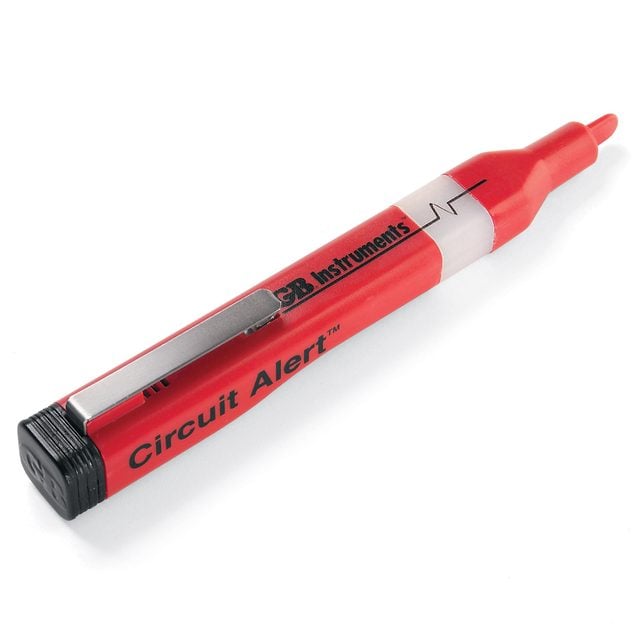
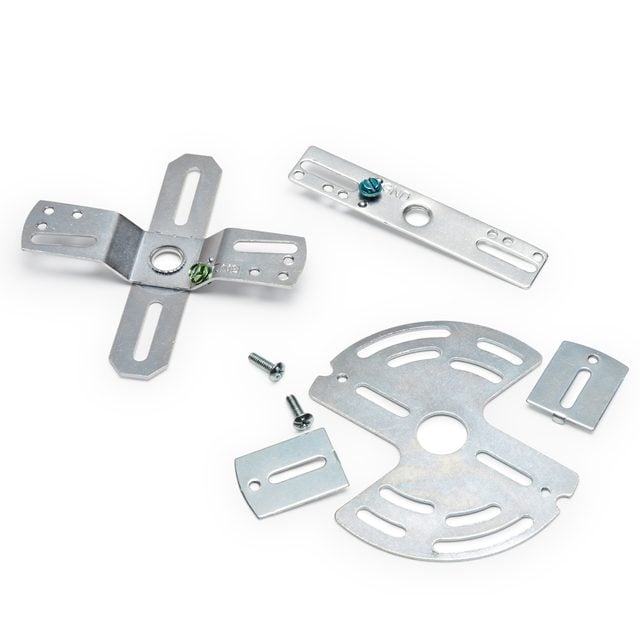
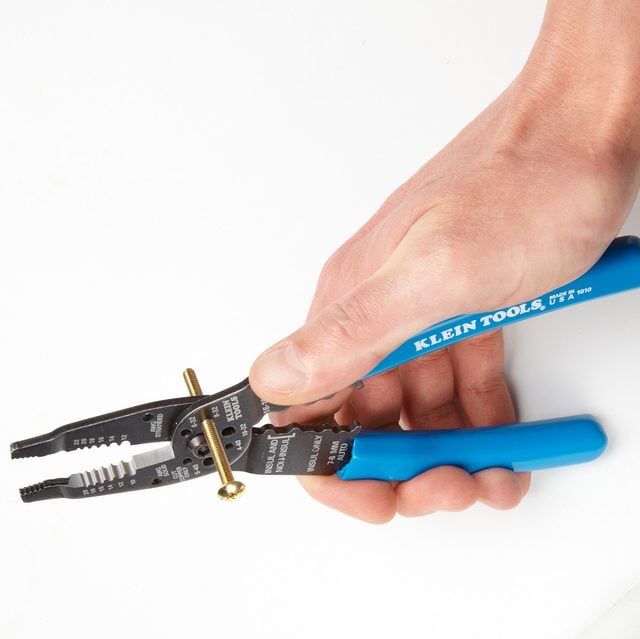
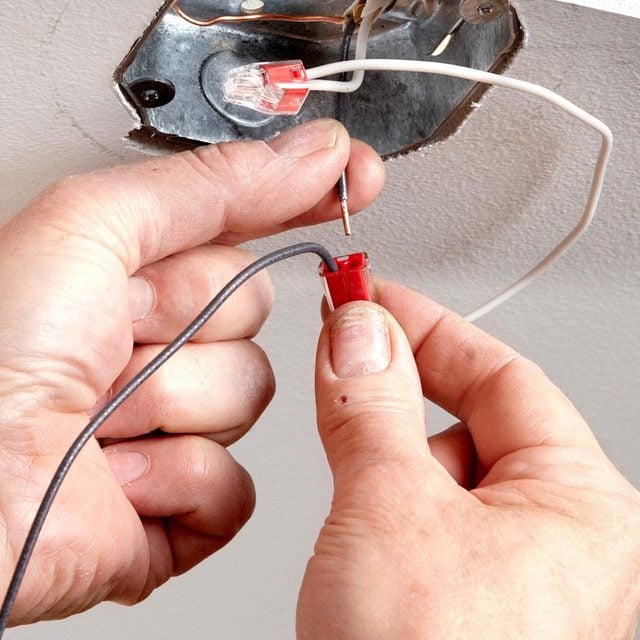
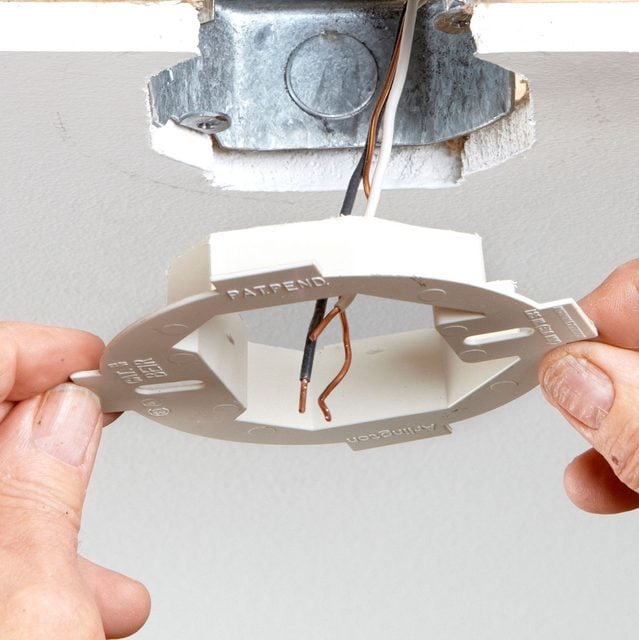
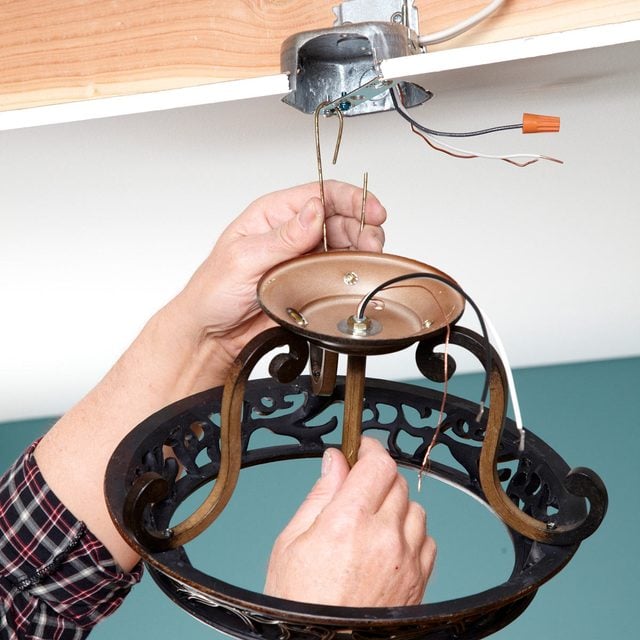
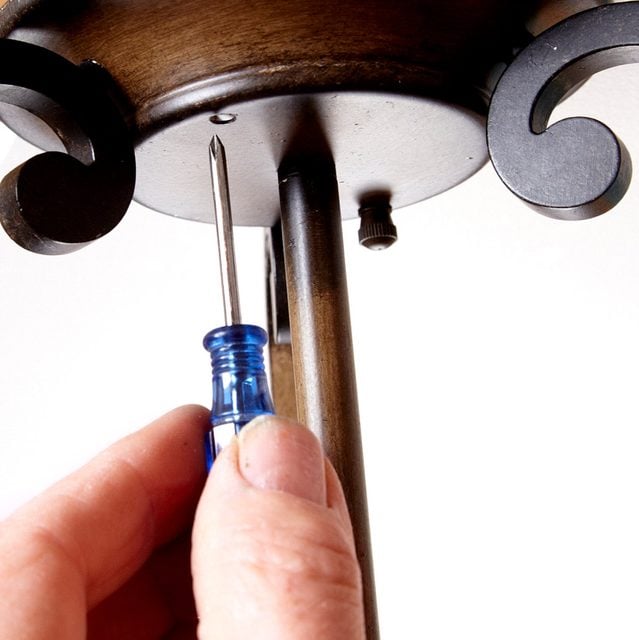
If you don’t know the age of your wiring, look at the fine print. If you have plastic sheathed cable (Romex is one common brand) and can see the outer sheathing, look for “NM-B” or “UF-B.” Or look for “THHN” or “THWN-2” on the insulation of individual wires. If you see any of these, the wiring can handle the heat.
